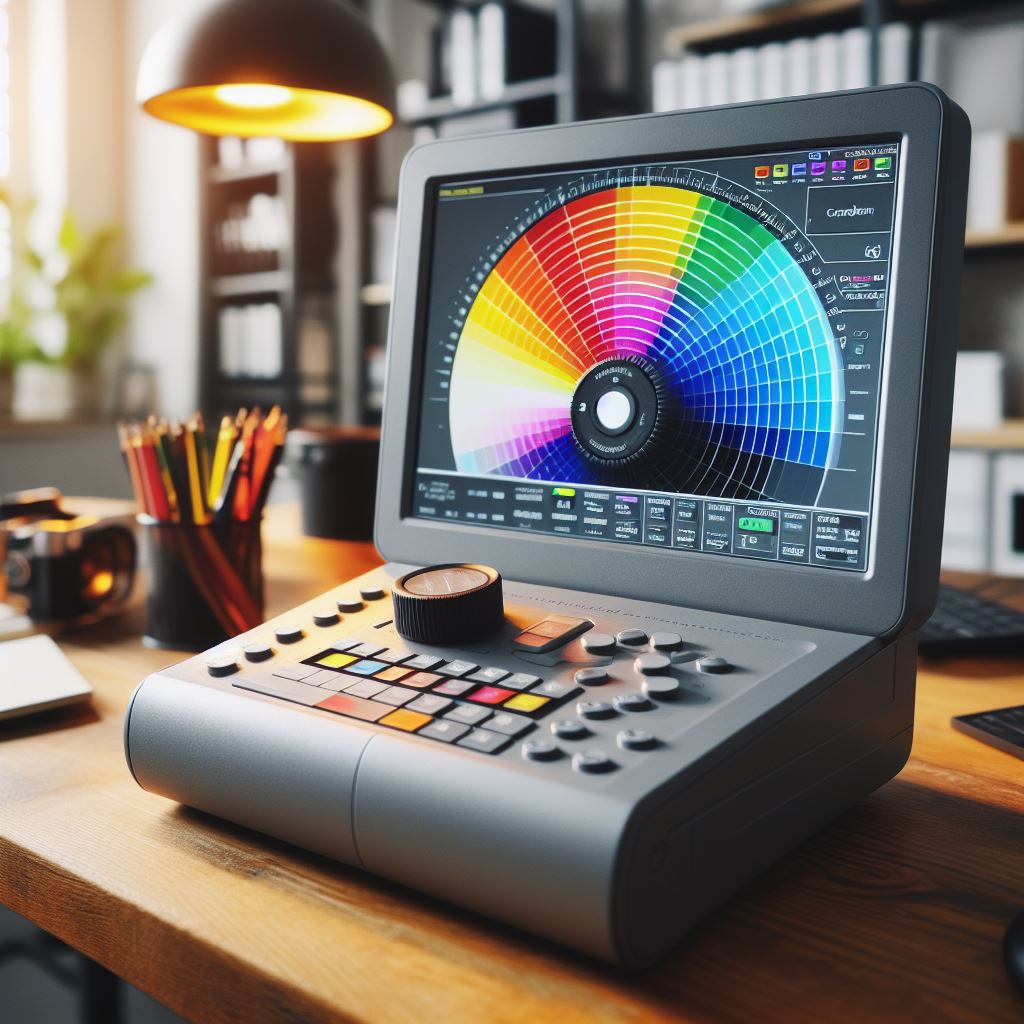In the intricate dance of fashion production, achieving the perfect color match is akin to orchestrating a symphony of hues. Central to this endeavor are advanced tools such as spectrophotometers, swatches, and lightboxes, working in concert to ensure that colors are reproduced with unparalleled accuracy and consistency. Let’s delve into the seamless integration of these technologies, illuminating the path to precision in the dye-to-match process.
The Foundation: Understanding the Dye-to-Match Process
At the heart of the dye-to-match process lies the quest for color fidelity. It begins with the selection of a reference sample—a fabric swatch or physical color standard—that serves as the beacon for achieving the desired hue across all materials and substrates.
Harmonizing Hues with Spectrophotometers:
Spectrophotometers stand as the vanguards of color measurement, wielding precision and sophistication in their spectral analysis. They decode the spectral reflectance or transmission properties of objects, providing invaluable insights into the nuances of color.
- Color Analysis: Using a spectrophotometer, the color of the reference sample is meticulously measured, capturing its spectral data with unmatched precision. This analysis unveils the intricate interplay of hues, saturations, and brightness levels that define the desired color.
- Formulating the Palette: Armed with spectral data, specialized software compares the reference sample’s characteristics to standardized color values, refining the formulation needed to recreate the exact hue. Through a delicate dance of primary color pigments or dyes, a custom formulation is born.
- Fine-Tuning with Feedback: Throughout the dyeing process, spectrophotometers provide real-time feedback, guiding adjustments to the color formulation. This iterative approach ensures that deviations from the target color are swiftly identified and rectified.
Illuminating Accuracy with Lightboxes:
Lightboxes serve as the stage upon which colors reveal their true essence. These controlled environments replicate standardized lighting conditions, illuminating swatches and samples to reveal their true colors.
- Swatch Selection: Swatches dyed with the custom formulation are evaluated under standardized lighting in the lightbox. Multiple swatches are produced to account for variations in dyeing conditions and substrate properties.
- Visual Evaluation: Side-by-side comparisons between swatches and the reference sample are conducted under consistent lighting conditions. This visual inspection allows stakeholders to assess color accuracy and consistency with confidence.
- Sealing the Approval: Upon approval of the swatches, production moves forward with assurance. Swatches serve as tangible representations of the final color outcome, instilling confidence in designers, manufacturers, and clients alike.
Embracing Precision with Swatches:
Swatches, tangible embodiments of color, bridge the gap between digital data and physical reality. They serve as touchstones for evaluating color accuracy and making informed decisions throughout the production process.
Conclusion:
In the symphony of fashion production, precision is the conductor, and technology is the virtuoso. Spectrophotometers, swatches, and lightboxes harmonize seamlessly to orchestrate the perfect color match, ensuring that every garment reflects the designer’s vision with clarity and fidelity. From the meticulous analysis of spectral data to the visual evaluation of swatches under standardized lighting, the dye-to-match process unfolds with meticulous precision, laying the foundation for a symphony of harmonious hues in the world of fashion.
